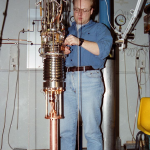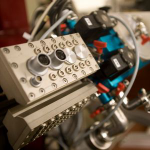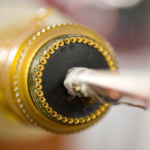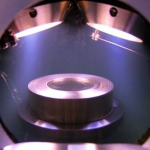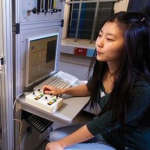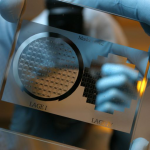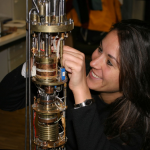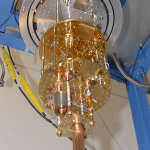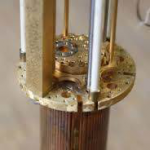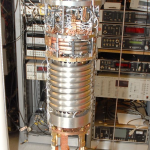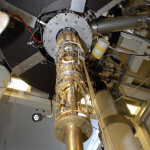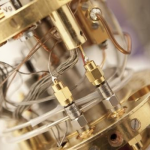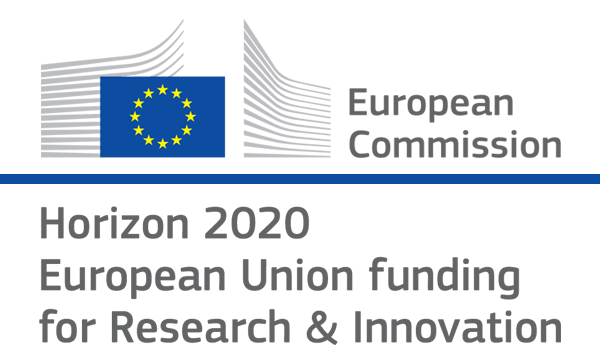

- Photon Transport in a Bose-Hubbard Chain of Superconducting Artificial Atoms
G. P. Fedorov et al., Phys. Rev. Lett. 126, 180503 (2021) - Path-Dependent Supercooling of the
He3 Superfluid A-B Transition
Dmytro Lotnyk et al., Phys. Rev. Lett. 126, 215301 (2021) - Superconductivity in an extreme strange metal
D. H. Nguyen et al., Nat Commun 12, 4341 (2021) - High-Q Silicon Nitride Drum Resonators Strongly Coupled to Gates
Xin Zhou et al., Nano Lett. 21, 5738-5744 (2021) - Measurement of the 229Th isomer energy with a magnetic micro-calorimeter
T. Sikorsky et al., Phys. Rev. Lett. 125 (2020) 142503
Metallic coatings of microelectromechanical structures at low temperatures: Stress, elasticity, and nonlinear dissipation
E. Collin, J. Kofler, S. Lakhloufi, S. Pairis, Yu.M. Bunkov, H. GodfrinWe present mechanical measurements performed at low temperatures on cantilever-based microelectromechanical structures coated with a metallic layer. Two very different coatings are presented in order to illustrate the capabilities of the present approach, namely (soft) aluminum and (hard) niobium oxide. The temperature is used as a control parameter to access materials properties. We benefit from low temperature techniques to extract a phase-resolved measurement of the first mechanical resonance mode in cryogenic vacuum. By repeating the experiment on the same samples, after multiple metallic depositions, we can determine accurately the contribution of the coating layers to the mechanical properties in terms of surface stress, additional mass, additional elasticity, and damping. Analytic theoretical expressions are derived and used to fit the data. Taking advantage of the extremely broad dynamic range provided by the technique, we can measure the anelasticity of the thin metallic film. The key parameters describing the metals’ dynamics are analyzed in an original way in order to provide new experimental grounds for future theoretical modelings of the underlying mechanisms.
J. Appl. Phys. 107, 114905 (2010)
doi: 10.1063/1.3391901
